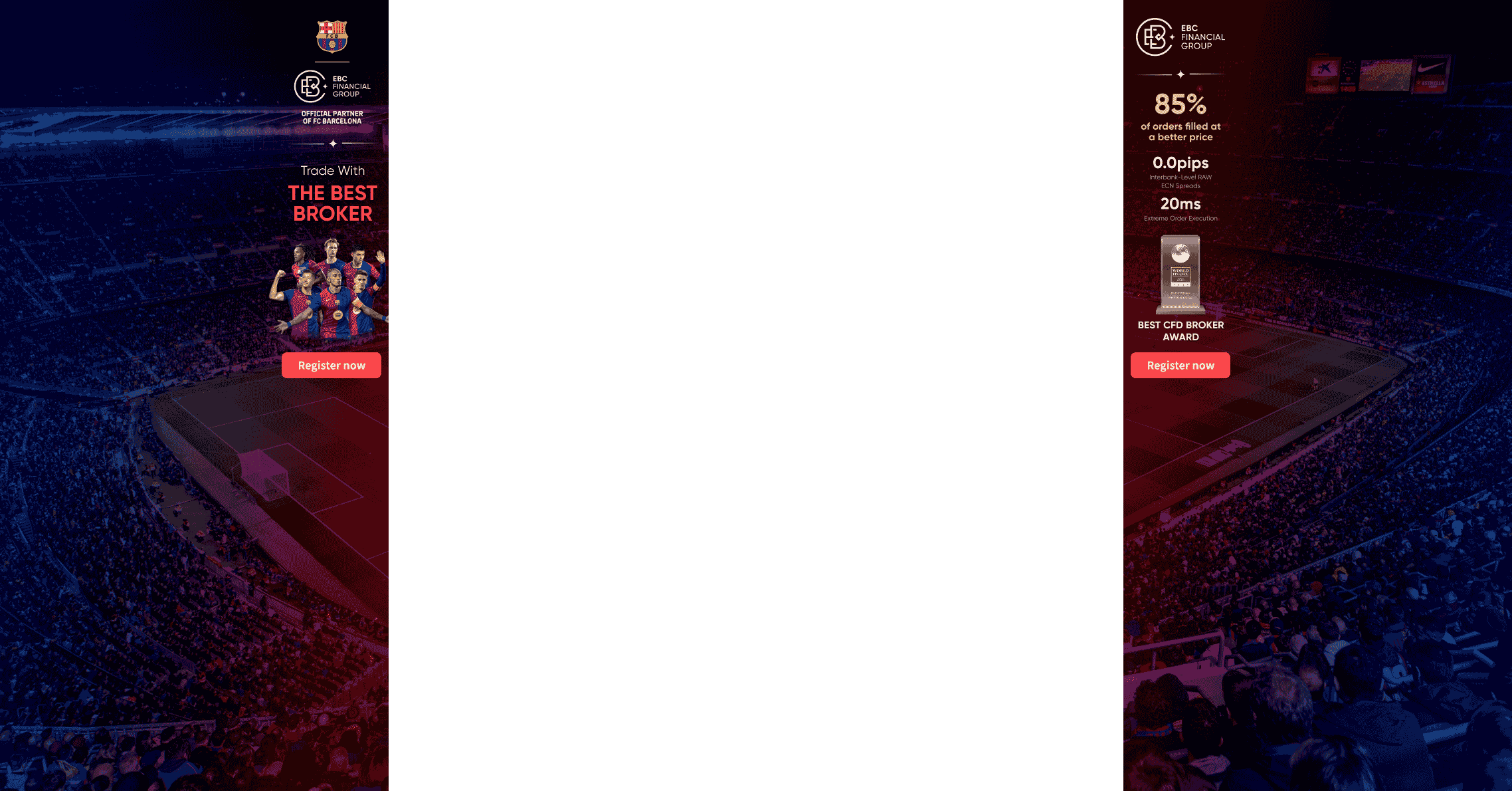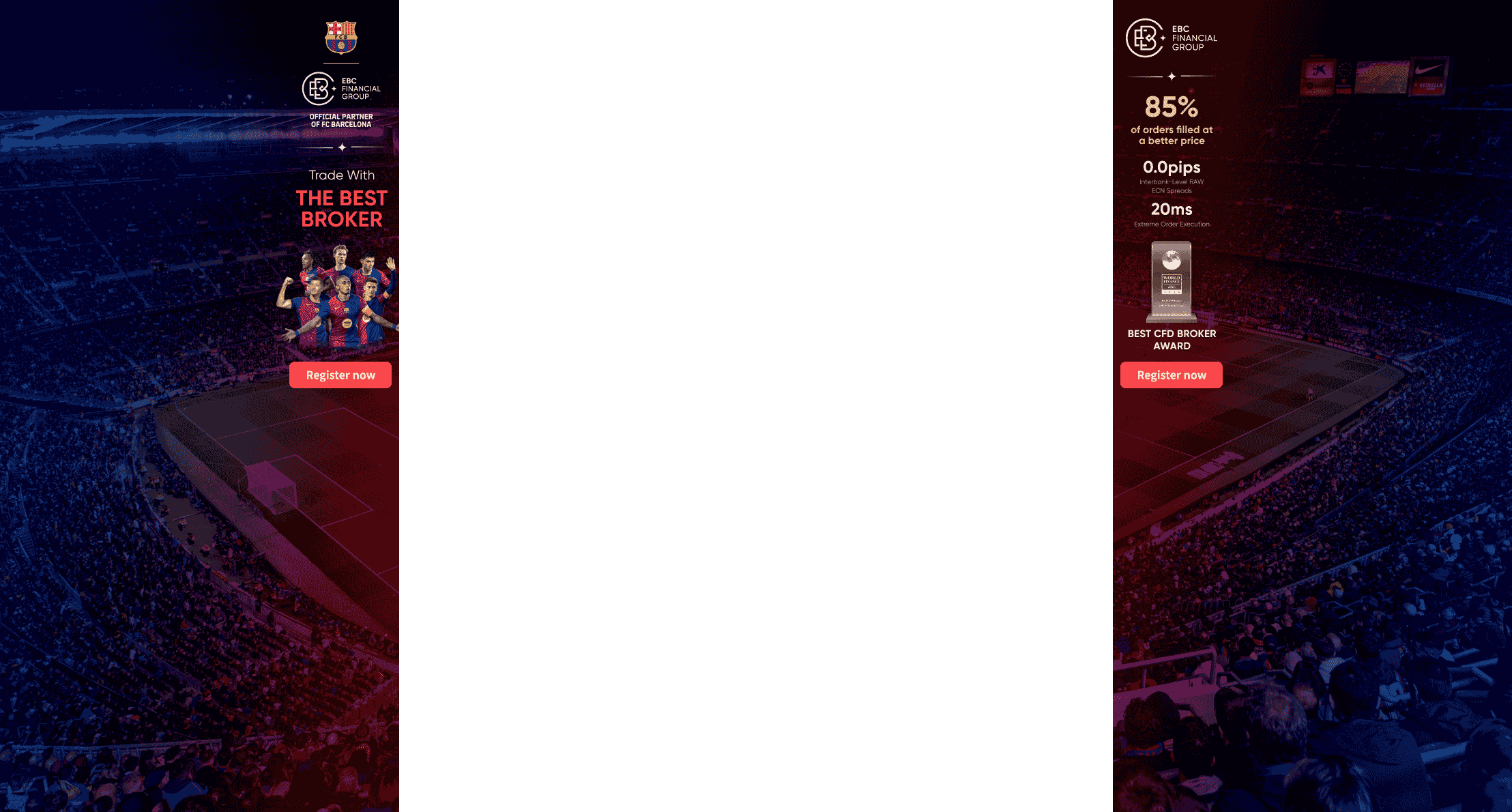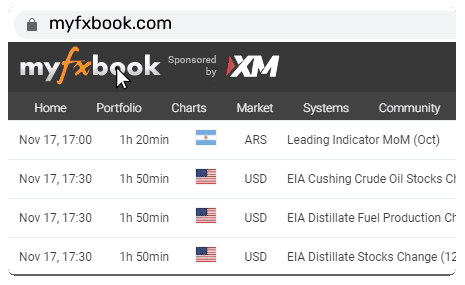If Order Flow Tools Are So Valuable, Why Are They So Rare?

In the trading world, milliseconds matter. So when a tool like order flow analysis promises to give traders a peek behind the curtain of market movement, you'd expect every platform to offer it. But strangely, most don’t. Why?
To answer that, let’s break down what order flow tools actually do, why they’re highly prized by professional traders, and why retail platforms often can’t deliver them.
The Hidden Power of Order Flow
Order flow tools don’t just show you where the market is headed; they show who is moving it. Rather than relying on delayed price data, these tools track real-time buying and selling pressure as it happens, visualising the battle between bulls and bears tick by tick.
This is not a new idea. Wall Street and global trading desks have used variations of flow-of-funds analysis for over 30 years. Laszlo Birinyi was talking about it more than four decades ago. While the concept is well-established, it has only recently gained popularity in retail trading circles, especially across Asian markets.
The reason is simple: order flow gives traders the clarity that lagging indicators cannot. If two large opposing trades cancel each other out within milliseconds, you’ll never see that play out in standard charts. Order flow tools capture those moments live.
Why Most Platforms Don’t Offer It
Here’s the core issue: true order flow data is hard to access and even harder to implement. It requires a live connection to exchange infrastructure, not just third-party price feeds.
For example, the Chicago Mercantile Exchange (CME), the world’s largest derivatives exchange, handles the majority of global futures quotes. To access its full depth of market data in real time, particularly to a depth of 10 levels (commonly known as 10-tick data), a platform needs both technical capability and formal licensing. This is not plug-and-play, but demanding a significant investment in infrastructure, compliance, and ongoing maintenance.
That’s why most platforms either skip it entirely or offer watered-down versions with delays or limited depth.
What EBC Financial Group Is Doing Differently
Unlike the majority, EBC Financial Group has made a direct connection to CME, providing institutional-grade order flow data to its clients at no additional cost. Where similar tools in the market typically range from $20,000 to $99,000 annually, EBC includes them as part of its trading environment.
But raw data isn’t enough. EBC’s order flow suite turns that firehose of information into something usable, thanks to visual tools like:
- Footprint Charts: Overlay volume directly onto candlestick patterns for deeper market structure insights.
- Delta Cumulative Charts: Track the net buying or selling volume per candle, often predicting momentum before price reacts.
- Point of Control (POC): Identify the most traded price levels, highlighting key zones of support and resistance.
- Imbalance and Imbalance Clusters: See when one side dominates the market. Repeated clusters often indicate strong price walls or upcoming moves.
These are all designed within a streamlined interface, ensuring speed and clarity even in high-volatility scenarios.
Final Thoughts
Order flow tools are fast becoming essential for traders seeking a competitive edge. The reason they remain rare is not because they’re unproven, but because they’re technically and financially demanding to provide.
EBC has stepped into that gap, delivering what most others cannot. And as more traders realise the power of real-time data, the platforms that fail to keep up will be left behind.





















